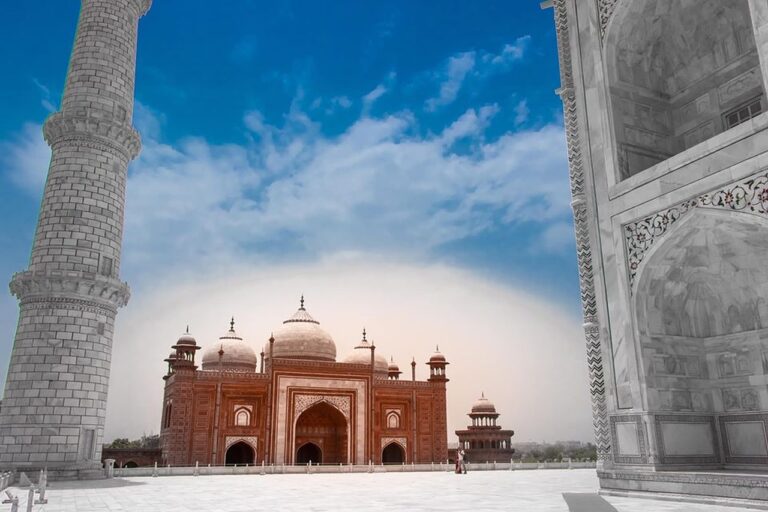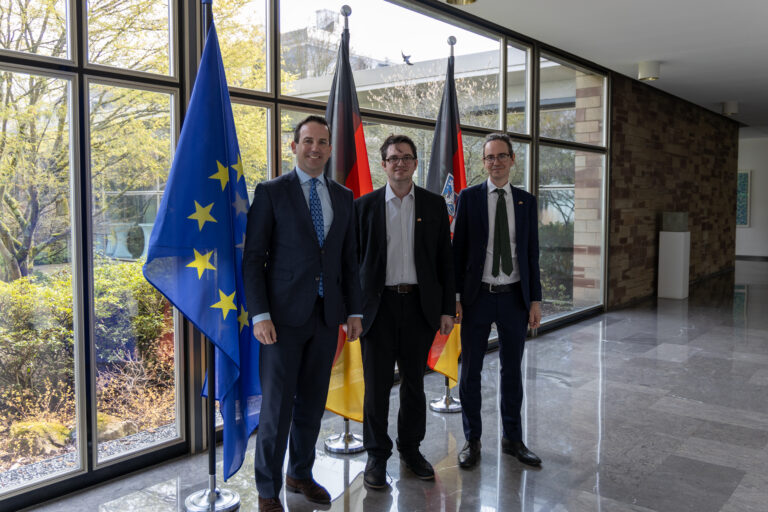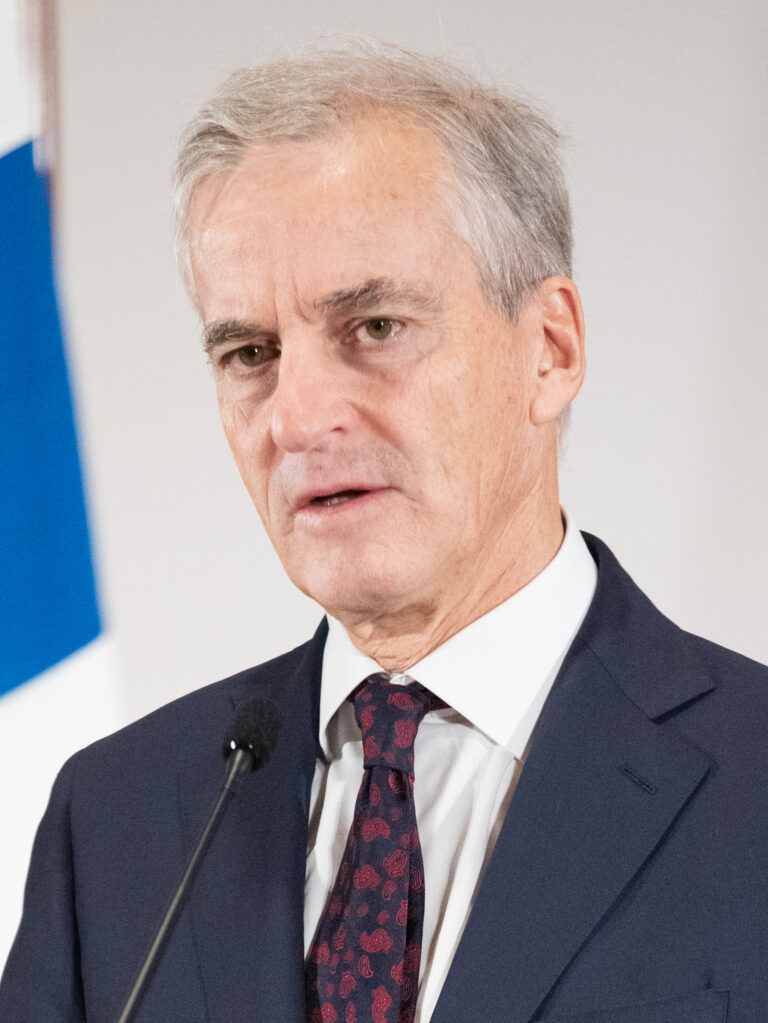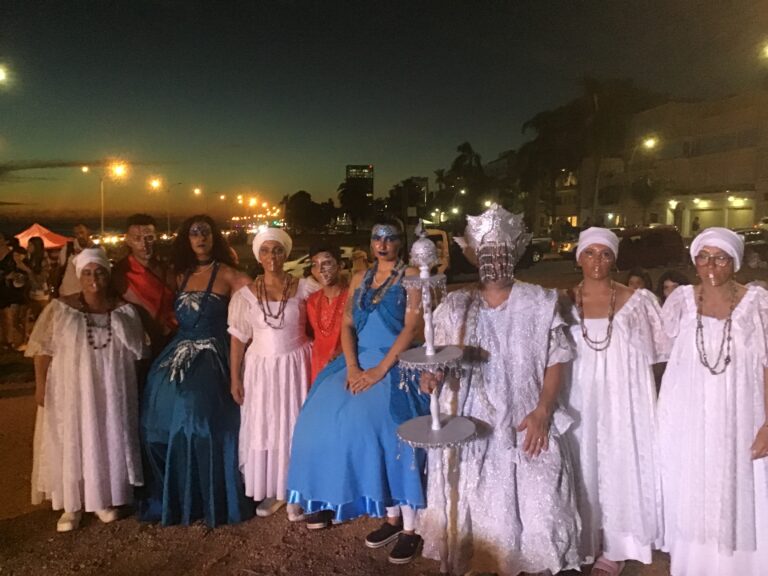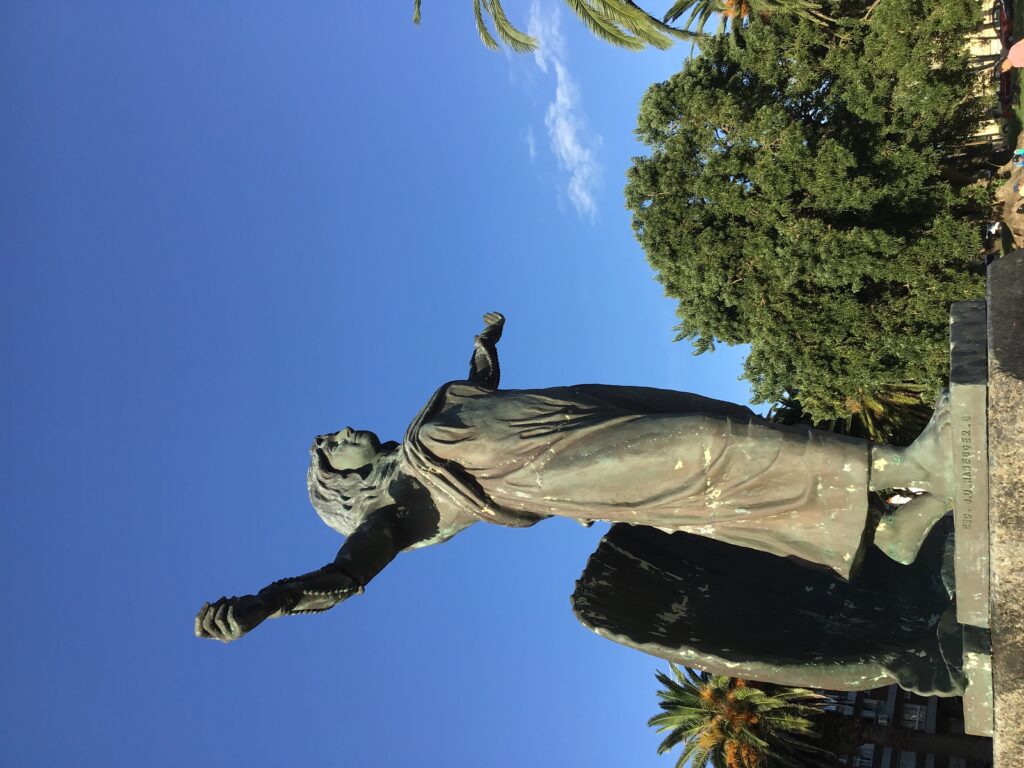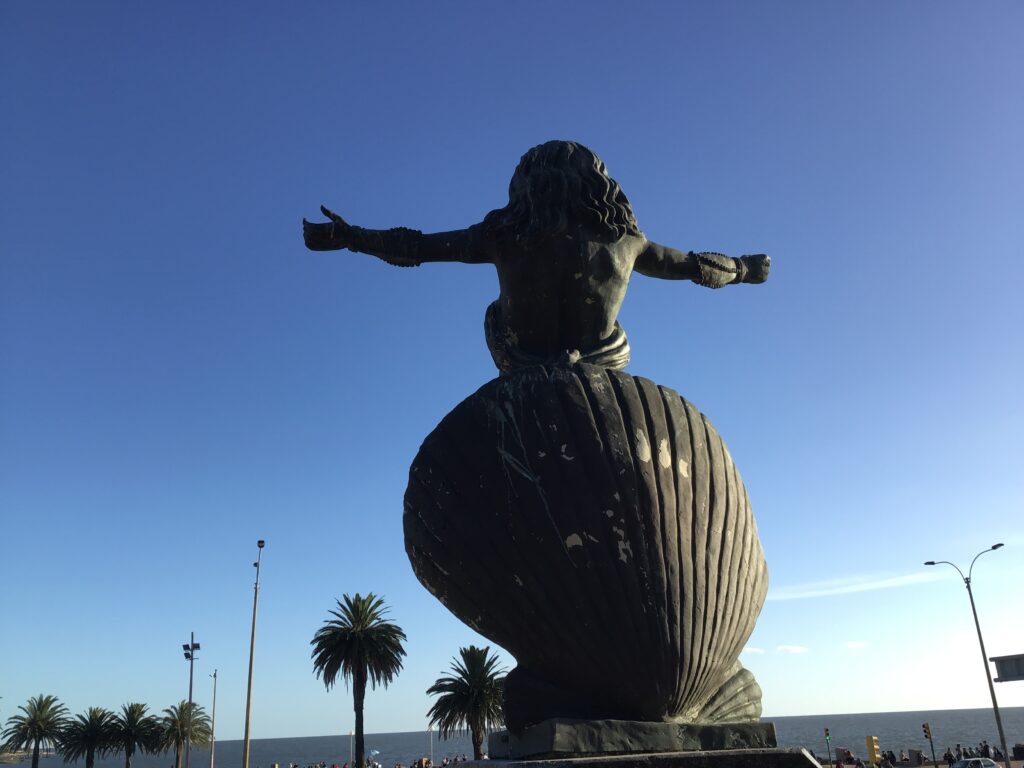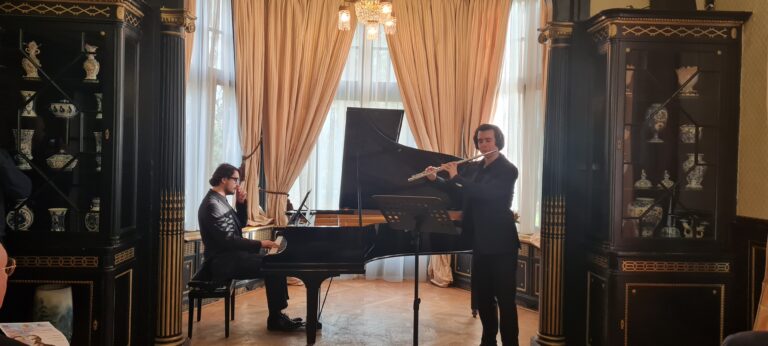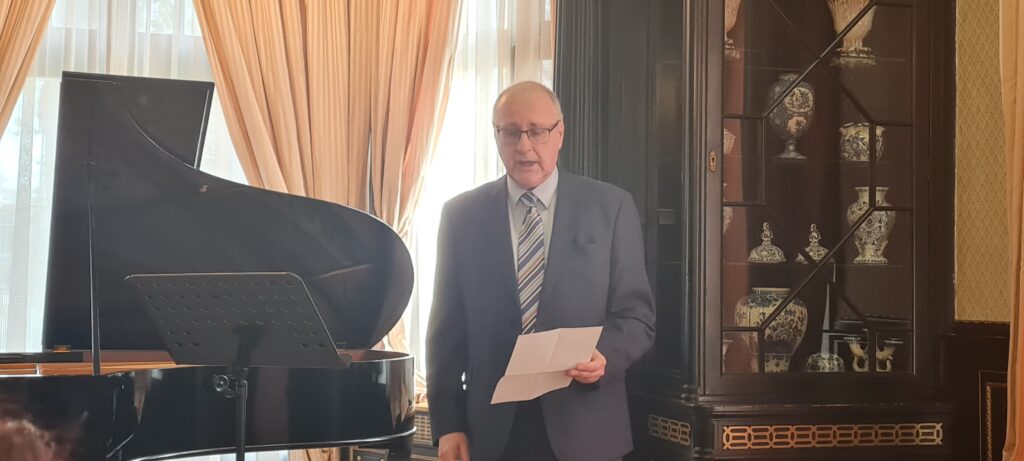By Sheherazade Amin
No religion is inherently violent. However, religious ideology is a powerful force. States have been built on the backbone of religions; the highest positions of power have been attained in the name of religion. Thus, it comes as no shock when religion inspires horrific acts of viciousness within its followers. It may not have been intentional, but the disconnect between intention and act has existed since the beginning.
Preserving cultural and religious heritage in countries where that ideology is not in the majority has always been contentious. Babri Mosque, which had been a part of the city of Ayodhya since Emperor Babur, the first Mughal Emperor, seemed to face the fate that every heritage or history had to face when it did not represent the majority. Despite standing tall since 1528, the mosque faced incredible acts of violence when, in 1992, an organised mob of at least 75,000 Hindus stormed it. They used everything at hand, hammers, rods, and shovels, to tear its beautiful architecture to the ground. It must be noted that though Indian authorities were on site, they silently watched. This act of violence was not contained to the mosque itself; several cities witnessed intense Hindu-Muslim riots.
This savagery was not random but a culmination of decades, if not centuries-old, conflict. The mosque was initially constructed in 1528, and there seemed to be no reported instances of discord between 1528 and 1853. The first recorded occurrence of variance was in 1853, ironically the year the British started implementing their “divide and rule” policy in full force. A single Hindu sect claimed that a temple was destroyed during Emperor Babur’s reign to make way for the construction of the Babri mosque. Directed by the Allahabad High Court in 2003, an archaeological survey was conducted to determine whether a Hindu temple existed on the site.
A team headed by an Indo-Japanese company conducted a surface survey using a ground-penetration radar to answer this question. Their conclusion was a controversial one that seemed to be heavily influenced by the demographics of the then 1 billion population, 85 per cent of which was Hindu and only 12 per cent Muslim. They recorded that their survey concluded that there might be remains of what could be construed as a 16th-century Hindu Temple. This report drafted by the Archaeological Survey of India (ASI) remains contested. Several key stakeholders, such as the Sunni Waqf Board, a party to the Ayodhya title dispute case, have labelled it “vague and self-contradictory.”
Ms Varma, a professor of archaeology at Jawaharlal Nehru University, in an interview at the time, detailed why little to no evidence had been found to support the claim made. Instead, she states, remnants of “older mosques” have been found beneath Babri Mosque. She further details how this report never mentions the finding of any temple or its remains, and the three key features it identifies are those standards to the design of a mosque, not a temple.
Despite a highly controversial report, in 2010, a bench of the Allahabad High Court ruled that both communities should share the site. The judgment read that “two-thirds of the 2.77-acre (1.12-hectare) site belongs to Hindu Groups – NirmohiAkhara sect and RamlilaVirajman – and the rest to the Muslim group (Sunni Central Wakf Board, UP).” This solution seemed to be plucked out of the history books as this was precisely what the British did in 1859, which led to the closed site, and several civil suits were filed between 1950 and 1961.
Understanding the legal history behind this conflict is pertinent because it illustrates that it could have quickly been resolved by properly implementing judicial procedures. However, the BhartiyaJanata Party (BJP) saw an opportunity after Hindu far-right groups formed a committee in 1984 to spearhead the construction of a temple. In 1990, BJP leader Lal Krishna Advani led a nationwide campaign to build a temple in the place of the mosque. Though Lal Krishna Advani was arrested, this was the beginning of a deep seethed divide between both communities that exist today.
It must be noted that both these communities seemed to live relatively peacefully pre-colonisation, and even post-1947, the gulf of the divide did not seem so vast. However, it appeared, as is in most cases, that power, not religion, was a driver in the deliberate acts of destruction and desecration of Islamic cultural and religious heritage in India. The BJP capitalised on the simmering tensions between both communities left behind by the British in their attempt to establish control in the sub-continent and campaigned heavily for the building of the temple as a symbol of Hindu heritage.
The sentiment was so strong that although Indian authorities were present on site, they did not bat an eye during the entire affair. Though several prominent, high-ranking leaders were arrested in 1992, in subsequent years, they were acquitted as the power of the BJP was on the rise. In 2020, Lal Krishna Advani was acquitted of all charges due to lack of evidence. He was a former mentor to then Prime Minister NarendraModi.
There is a huge difference between people-centric and state-centric acts of violence, especially against vulnerable minority groups in society. People-centric violence can be curbed and treated with good governance, policymaking, public campaigns, etc. State-centric violence is when the apple is rotten from within, and unless there is a massive overhaul of change, it is proven to be destructive.
The Babri Mosque incident is just a case study of an epidemic that has already consumed most of the Republic of India that still, despite various such incidents, claims to be secular. Instead, it is yet another state suffering from the emergence of the far right. Inflaming communities against one another has been a time-old tradition, especially in post-colonial states. The maintenance of power structures seems to hinge on such tactics, whether it is the Babri Mosque or the Gujrat Massacre. In 2020, when Prime Minister NarendraModi laid the foundation stone of the Ram Temple, he signalled that for him, such state-centric violence was a necessity and that he inadvertently endorsed it (in the name of Hindutva) as it helped maintain his position of power.
Thus, one should condemn all deliberate acts of destruction and cultural and religious heritage desecration. One should especially note and try to correct instances where the state endorses such acts because the people of a state can be appealed to and taught. However, correcting a state and its ideology and mechanisms is nearly impossible.
About the author:
Sheherazade Amin, is a lawyer who works as a Research Fellow at the Centre of Excellence of International Law, Institute of Strategic Studies, Research Analysis. She previously studied at SOAS, University of London and completed her LL.M at University of California Berkeley.
Email: sheherazadeamin95@gmail.com

